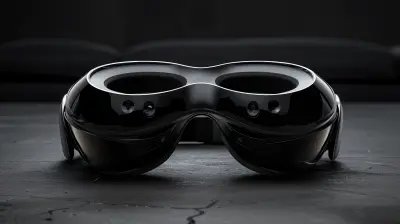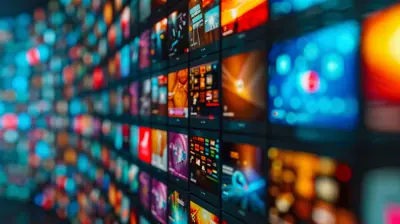Smart TVs vs Traditional TVs: Is It Worth the Upgrade?
24 May 2025
Technology is evolving at lightning speed, and televisions are no exception. If you've been shopping for a new TV recently, you've probably noticed that Smart TVs have taken over the market. But what if you still have a traditional TV at home? Should you make the switch, or is your good old TV still keeping up?
In this article, we’ll dive deep into the world of Smart TVs and Traditional TVs, comparing their features, pros, cons, and whether the upgrade is worth it. Let’s break it down in simple terms!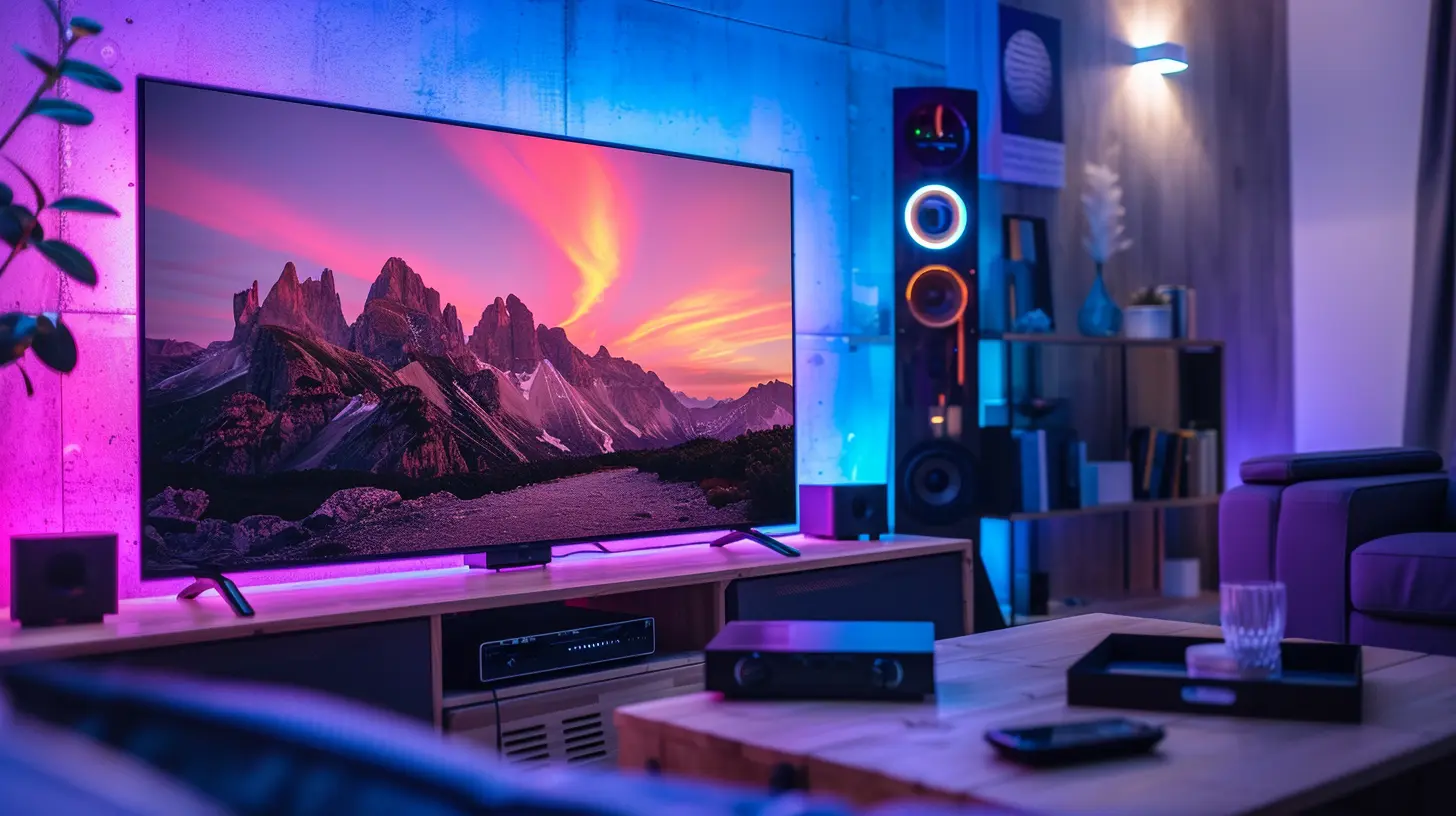
What Is a Smart TV?
A Smart TV is essentially a television with built-in internet connectivity. Unlike traditional televisions, which are primarily used for cable TV or external media players, Smart TVs can connect to Wi-Fi and support apps like Netflix, YouTube, and even social media. Some models even have voice assistants like Alexa or Google Assistant built-in.Think of a Smart TV as a hybrid between a regular television and a smartphone—it's packed with features that can enhance your entertainment experience.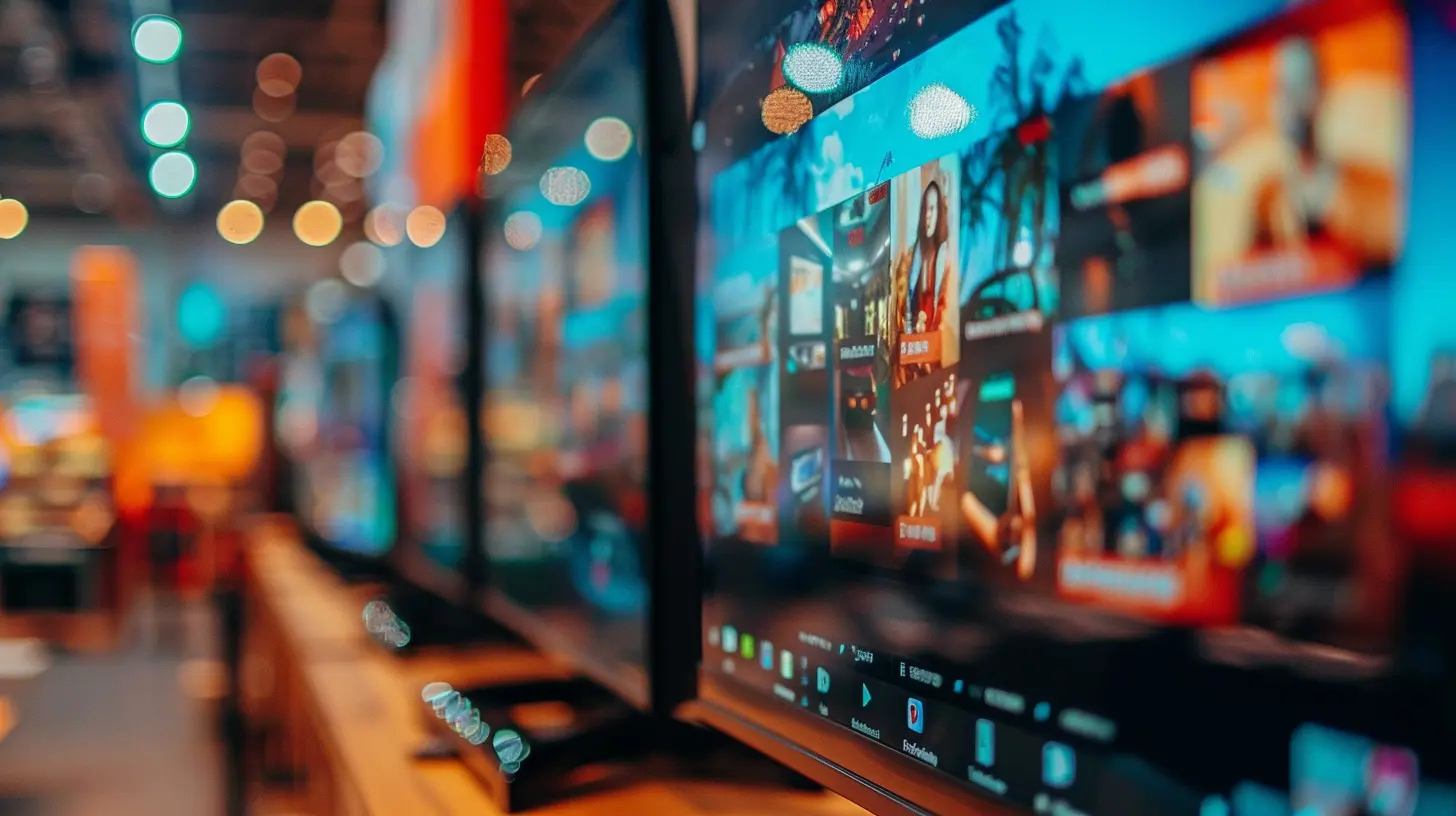
What Is a Traditional TV?
A Traditional TV, also known as a non-smart TV, functions without built-in internet capabilities. These TVs rely on external devices such as cable boxes, DVD players, or streaming devices like Roku, Fire Stick, or Apple TV to access content.Traditional TVs come in different types, including CRT (old box TVs), Plasma, LCD, and LED TVs. While they may lack the fancy features of a Smart TV, they still provide great picture quality, depending on the model.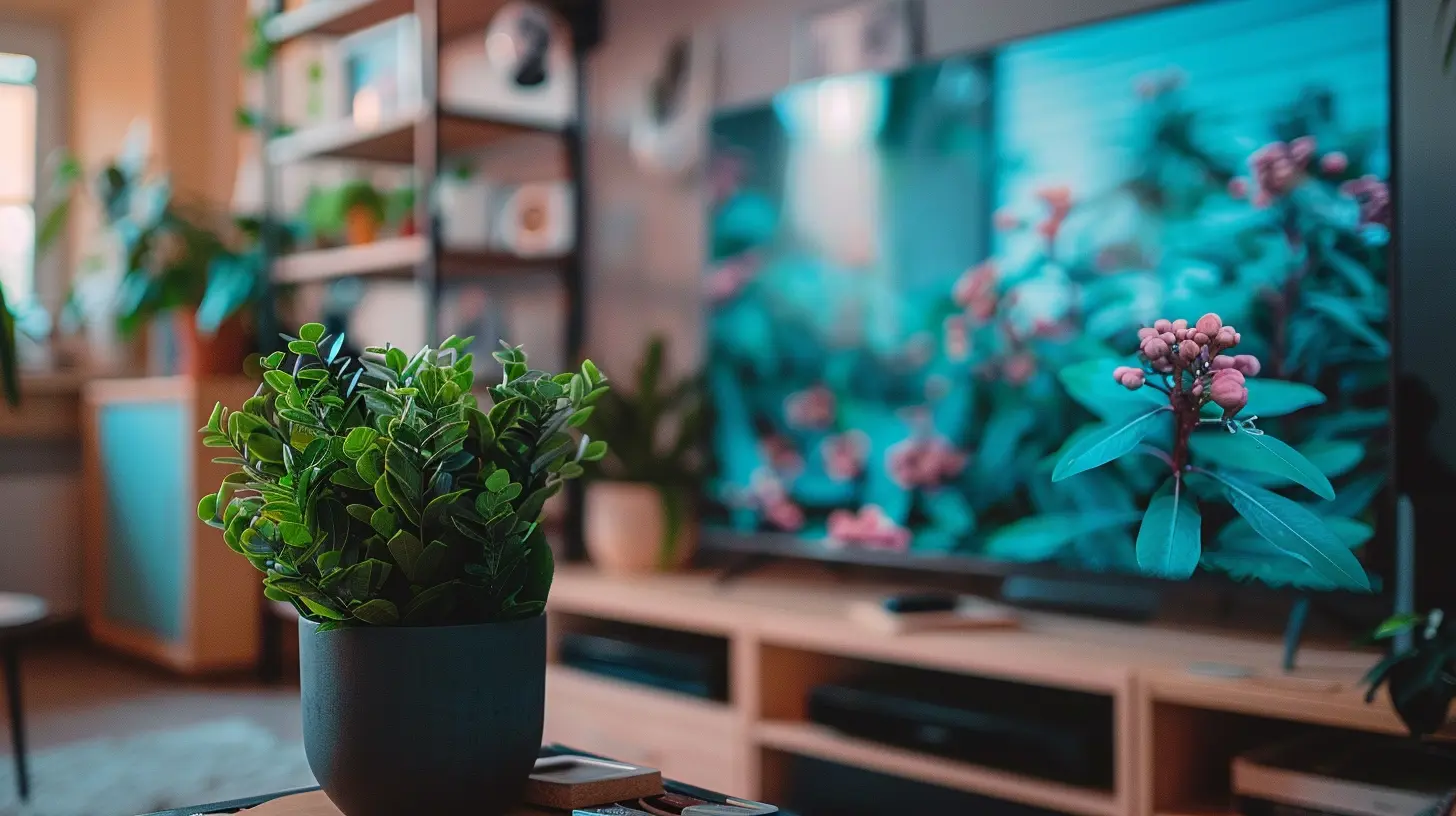
Smart TV vs Traditional TV: Key Differences
Let’s break down the major differences between Smart TVs and Traditional TVs in terms of features, usability, and overall experience.1. Internet Connectivity
- Smart TV: Connects to the internet via Wi-Fi or Ethernet, allowing access to streaming services, apps, and online content.- Traditional TV: Cannot connect to the internet unless paired with an external streaming device.
2. Streaming and Apps
- Smart TV: Supports streaming platforms like Netflix, Hulu, Disney+, and YouTube directly.- Traditional TV: Requires an external device like a Chromecast or Firestick to access streaming services.
3. User Interface & Convenience
- Smart TV: Comes with an integrated operating system (like Android TV, Roku, or Tizen), offering an intuitive menu to navigate apps, settings, and features.- Traditional TV: Simple interface; changing channels and adjusting settings is pretty much all you can do without additional devices.
4. Voice Control & Smart Features
- Smart TV: Many models support voice assistants like Alexa, Google Assistant, or Siri, allowing for hands-free controls.- Traditional TV: No voice control features unless paired with a smart remote or third-party device.
5. Software Updates & Longevity
- Smart TV: Receives software updates that improve functionality, security, and features over time.- Traditional TV: No software updates; what you buy is what you get forever.
6. External Device Requirements
- Smart TV: Minimal need for external devices since most streaming services and apps are built-in.- Traditional TV: Often requires external devices like set-top boxes or streaming sticks for additional functionality.
7. Price
- Smart TV: Generally more expensive upfront due to advanced features.- Traditional TV: More affordable, but may require additional purchases (like a streaming device) for modern features.

Pros and Cons of Smart TVs
✅ Pros of Smart TVs
✔ All-in-One Streaming: No need for extra devices to watch Netflix, Hulu, or YouTube.✔ Voice Assistants & AI Integration: Control your TV with simple voice commands.
✔ Future-Proof: Regular software updates mean your TV stays relevant for years.
✔ Screen Mirroring & Casting: Easily share content from your smartphone or PC.
✔ Better Picture Quality: Many Smart TVs offer 4K, OLED, and HDR displays for superior visuals.
❌ Cons of Smart TVs
✖ More Expensive: Smart TVs generally cost more than traditional TVs.✖ Privacy Concerns: Internet-connected TVs can collect user data.
✖ Software Lag Over Time: After a few years, some Smart TVs might slow down as software updates demand more power.
✖ Potential Security Risks: Being connected to the internet makes Smart TVs vulnerable to hacking.
Pros and Cons of Traditional TVs
✅ Pros of Traditional TVs
✔ Lower Cost: More budget-friendly compared to Smart TVs.✔ No Internet Dependency: Works without needing Wi-Fi, ensuring uninterrupted entertainment.
✔ Reliable & Simple: No complex software, just turn it on and watch.
❌ Cons of Traditional TVs
✖ Limited Features: No built-in apps or internet access.✖ Requires Extra Devices: Streaming services need an external device like a Roku or Fire Stick.
✖ No Smart Home Integration: Cannot sync with voice assistants or IoT devices.
Is It Worth Upgrading to a Smart TV?
Now, here comes the big question: Should you upgrade to a Smart TV, or stick with your current setup? The answer depends on your needs, budget, and how you use your TV.When a Smart TV Is Worth It
✅ You love streaming services like Netflix, Disney+, and Hulu.✅ You want a one-stop entertainment hub without needing extra devices.
✅ You enjoy voice control features and smart home integration.
✅ You're looking for long-term value with software updates.
✅ You prefer sleek, modern technology that keeps up with trends.
When a Traditional TV Might Be Enough
✅ You primarily watch cable or satellite TV.✅ You don’t mind using an external streaming device like Chromecast or Roku.
✅ You’re on a tight budget and want a simple, functional TV.
✅ You don’t care about smart features or internet connectivity.
If you're still happy with your traditional TV and have a streaming device attached, you may not need an immediate upgrade. However, if you're looking for a more integrated and future-proof television experience, a Smart TV is definitely worth considering.
Alternatives to Buying a Smart TV
If you already have a good-quality traditional TV and don’t want to spend money on a new Smart TV, you can turn your existing TV into a smart one with the help of these budget-friendly options:- Amazon Fire Stick – Affordable and offers access to major streaming services.
- Google Chromecast – Lets you cast content from your phone or laptop.
- Apple TV – Great for Apple users who want seamless integration.
- Roku Streaming Stick – Simple and easy with a wide range of apps.
These devices cost significantly less than a new Smart TV and can extend the life of your existing television while still giving you access to modern apps and features.
Conclusion: Should You Upgrade?
At the end of the day, your choice depends on your needs. If you love streaming, smart features, and convenience, a Smart TV is a fantastic upgrade. However, if you don't mind using streaming sticks or external devices, you can extend the life of your Traditional TV without rushing into an upgrade.That said, technology is moving forward, and Smart TVs are becoming the new standard. If you're buying a new TV anyway, going for a Smart TV is a future-proof investment. But if your old TV still works fine, there's no harm in holding onto it a little longer—with a streaming device, you can still enjoy modern content without making a big purchase.
So, is a Smart TV worth the upgrade? For most people, yes! But if you're happy with what you have, there’s no rush. Either way, happy watching!
all images in this post were generated using AI tools
Category:
Smart TvsAuthor:

Jerry Graham
Discussion
rate this article
3 comments
Reese McGinn
This article provides a balanced overview of the advantages and drawbacks of Smart TVs compared to traditional models. It's a valuable read for anyone considering an upgrade, highlighting key features like streaming capabilities and user experience.
June 6, 2025 at 3:17 AM

Jerry Graham
Thank you for your feedback! I'm glad you found the article informative and useful for making an upgrade decision.
Amy McGuffin
Great insights! I’ve been debating the upgrade myself. It seems like smart TVs offer more convenience and features, but I appreciate the traditional TV’s simplicity. Thanks for sharing this perspective!
June 2, 2025 at 4:03 AM

Jerry Graham
Thank you! It’s definitely a balancing act between convenience and simplicity. Glad you found the article helpful!
Adeline Campbell
As technology evolves, so too must our viewing experiences. While Smart TVs offer convenience and connectivity, we must ponder if the impending obsolescence of traditional TVs compromises the essence of passive engagement we once cherished in entertainment.
May 31, 2025 at 12:22 PM

Jerry Graham
You raise a valid point. While Smart TVs enhance connectivity, they may disrupt the simplicity of passive viewing that traditional TVs offered. Balancing convenience with the essence of entertainment is key in this evolution.


